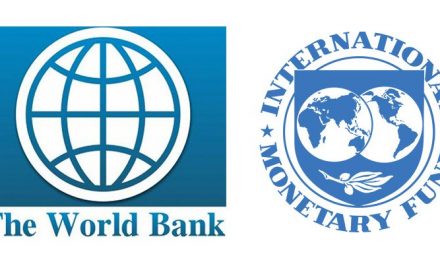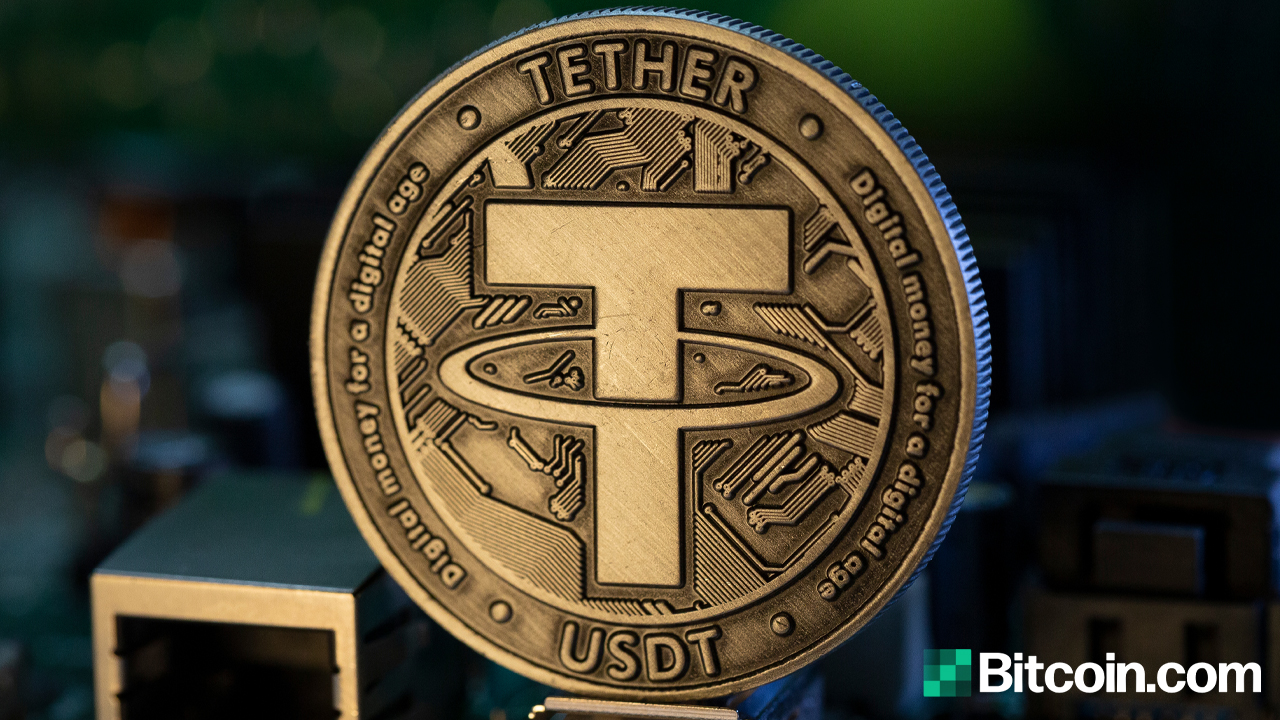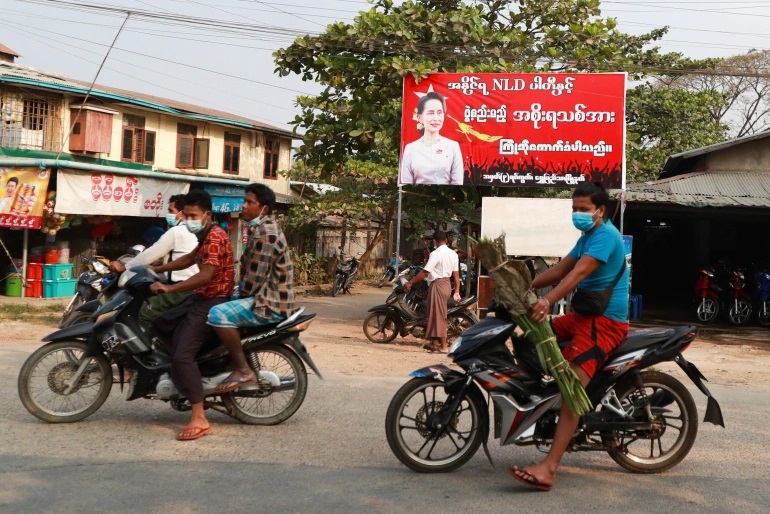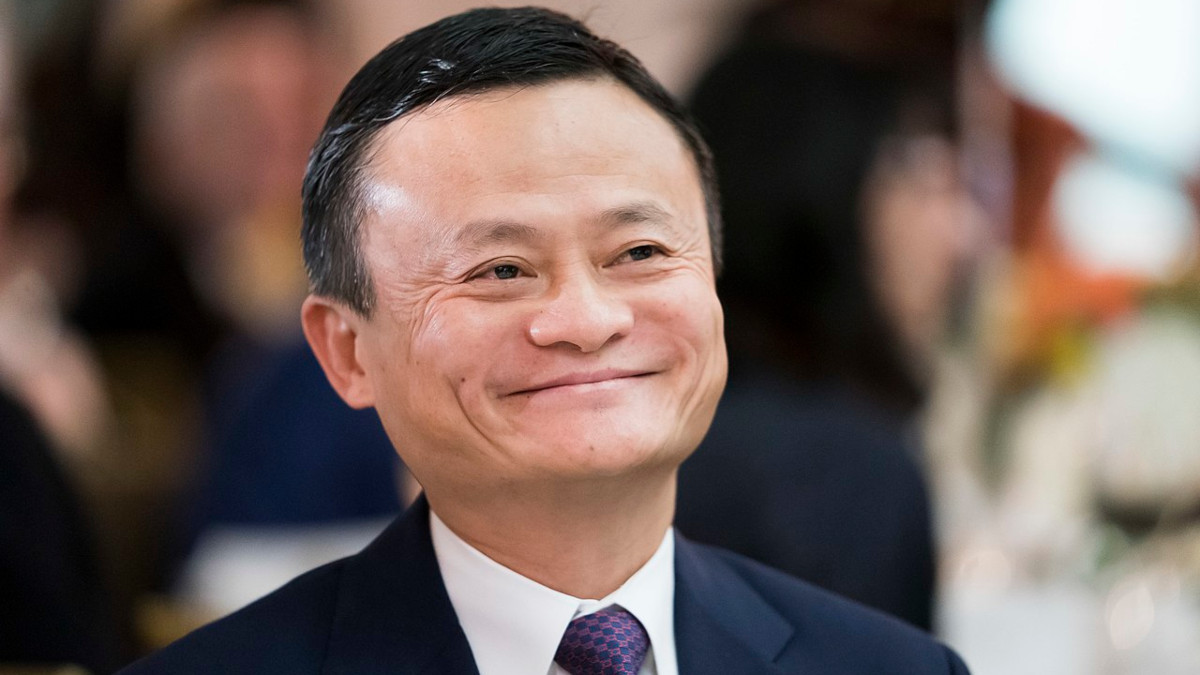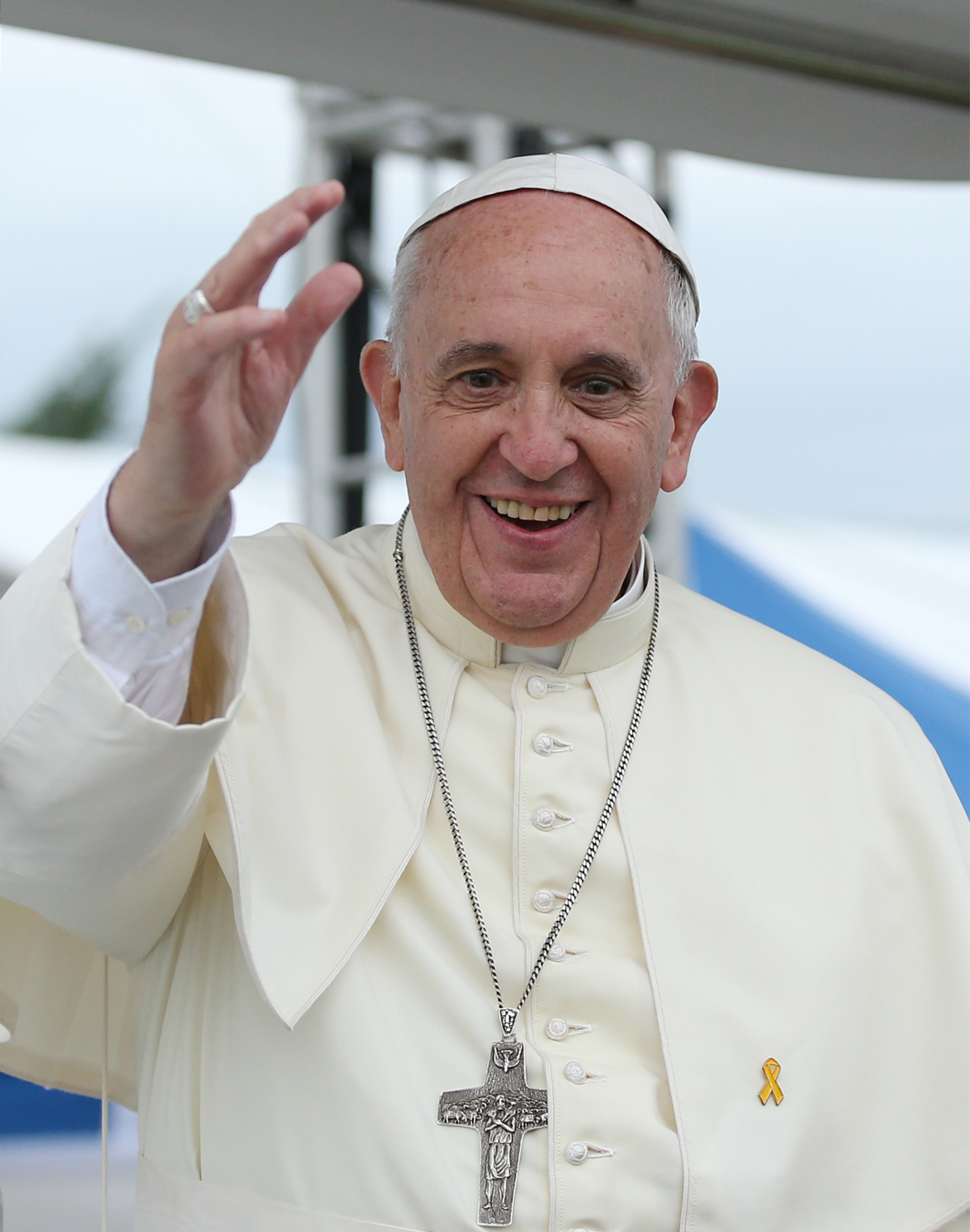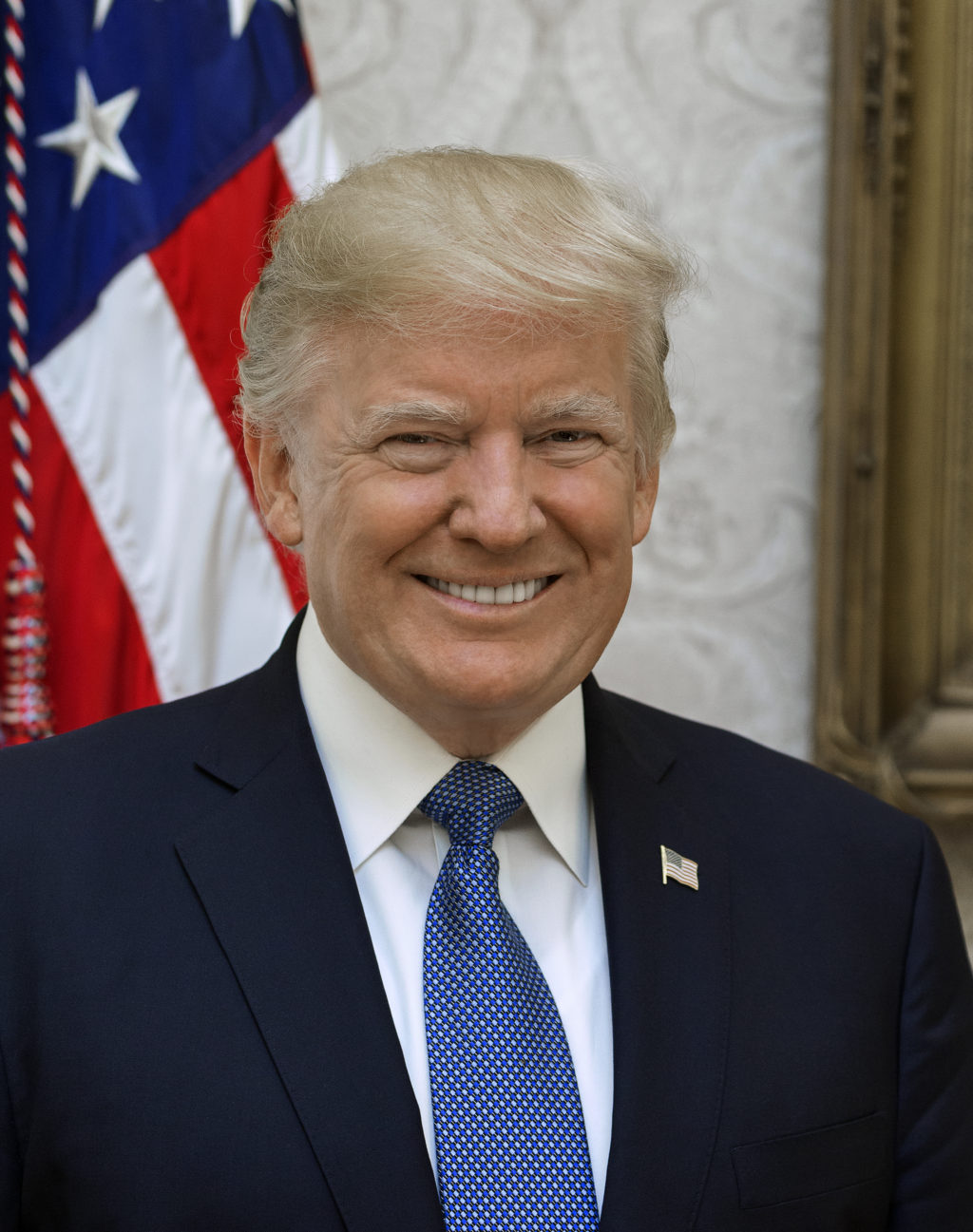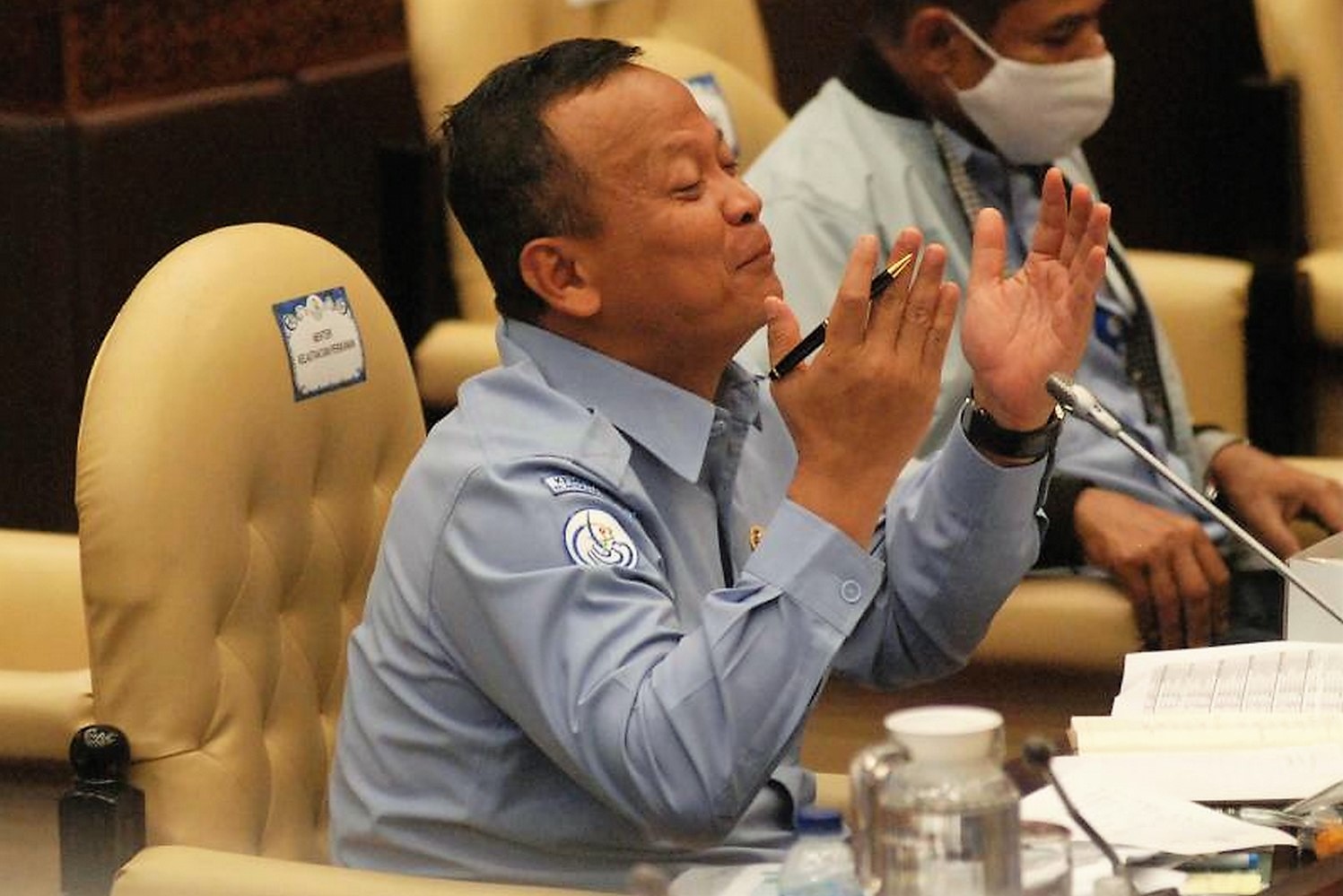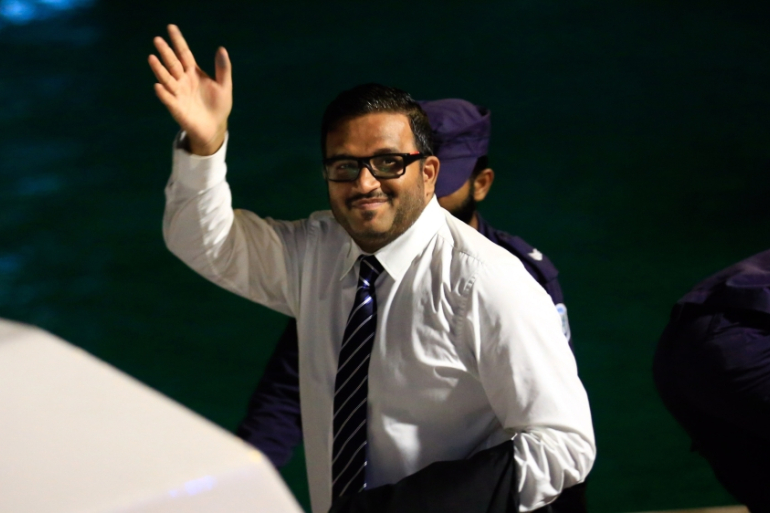1 December 2016
On 9 November 2016, PM Narendra Modi announced the demonetisation of 500 and 1000 rupee notes. This is to fret out what India calls as ‘black money’ and to eradicate the counterfeit money distributed by Pakistani terrorists to destabilize Indian political system. Black money means income that has evaded income tax and illicit incomes such as bribes, embezzlements, fraud etc. Earlier on PM Modi offered an amnesty, which ended on 30 September 2016. Under this amnesty an individual can bring in foreign held illegal money into India by paying 45% tax. Some 64,000 people declared their foreign illegal money and the country received $ 9.7 billion from overseas.
PM Modi’s second move to get the illegal money out was by demonetization. Even US State Department Deputy Spokesperson Mark Toner commended PM Modi for demonetization saying that it was “an important and necessary step” to crack down on “corruption and tax dodging.”
PM Modi put his head on the chopping board by announcing the demonetisation. He will have a tough time in the next general elections. He was prepared for this. He did what he believed to be in the good of the country. But it appears to have already failed, due to the bungling of the bureaucrats. Finance Minister Arun Jaitley should also have asked RBI Governor, Mr Urjit Ravindra Patel, some pertinent questions regarding the implementation of the demonetization, instead of leaving everything to his lieutenant.
PM wanted demonetization to be a surgical strike. But it turned out to a bashing by a blunt wooden bat. The recipient of the blows were not the hoarders of black money but the poor and illiterate people living in remote villages in India, where there may not be enough water, electricity, health care and not to mention banks and ATMs. A villager must travel 15 to 20 kilometers to get to an ATM or to a bank. He is then told that there was not enough cash in the bank and asked to come again later. No one realizes that he must travel 15 to 20 kilometers without proper transport facilities a few times before he can change his notes. This was not what PM Modi intended.
Urjit Ravindra Patel he was named as the governor of Reserve Bank of India (RBI) on 20 August 2016. It was his responsibility to see that the demonetization went on smoothly. This did not happen. Soon after demonetization was announced Patel said the RBI had enough currency notes in exchange for the old currency. Where are those currency notes? Now, three weeks have passed and neither the banks nor the ATMs have sufficient funds to dispense. Even RBI branch offices have run out of cash. They have just started airlifting currency notes using Air Force planes. Why was this not started earlier?
Even an elementary school student would have calculated that it will take three months to print the required number of currency notes, with the existing capacity of the printing machines. RBI announced yesterday that the bank’s printing presses will operate three shifts instead of two shifts. Why was this not started earlier?
The capacity of the currency printing presses was limited to the quantity need for replacement of normal wear and tear of the notes in circulation. But in demonetisation, the quantity required will be several hundred times the routine wear and tear. RBI should have ensured that there was enough printing capacity to meet the demand.
RBI did not print 1000 rupee notes to replace the old 1000 rupee notes. Instead they printed a new 2000 rupee notes. Rupees 2000 is not a convenient denomination. If you buy a Coca-Cola and offer a 2000 rupee note, the shop-keeper will not have sufficient small change for you because everyone will be offering him only rupees 2000 notes.
The 2000 rupee notes were smaller than the 1000 rupee notes and the ATMs took painful 3 weeks to be re-calibrated to accommodate the new notes.
Another big blunder Patel made was not printing the 1000 rupee notes. If the new note was redesigned to the same size it would have been a more convenient denomination and could have been used in the current ATMs without any modifications. Did Mr Patel do this because he would need to print only half the number of notes if he replaces 1000 rupee notes with 2000 rupee notes?
The picture of 2000 rupee notes appeared on the internet before demonetization. Therefore 2000-rupee note was not a secret at the time of demonetization. Therefore, Mr Patel could have arranged for the recalibration of ATMs even before the demonetization.
The productivity loss due to hundreds of millions of people waiting in queues for 4 to 5 hours a day is already colossal.
Mr. Patel should have advised the PM of all the problems concerning demonetization before he announced it.
It is doubtful whether all the innocent people would be able to encash their defunct notes before the deadline on 30 December 2016. But hoarders of black money have been able to get some of their money encashed through third parties giving rebate of some 20%. In this sense the demonetization is already a failure.
Experts say that nearly 20% of the total currency will never get encashed for fear of getting caught. These hoarders do not want to seek the help of 3rd parties for fear of being caught. They have resorted to burning the cash. Police said that burnt remnants of Rs 500 and Rs 1,000 currency notes were found at a place in Bareilly on Wednesday. Officials said prima facie, the currency notes appeared to have been cut, damaged and then burnt. People in that area said that the burnt currency notes were brought in sacks and then dumped by workers of a company on Parsa Kheda road at CB Ganj in Bareilly.
It is certainly sad to see a brave move to be defeated by poor planning and administrative bugling.
Related posts: India: Modi’s Boldest Move to Crackdown on Illegal Money
India: Woes of demonetisation
India: Poorly planned demonetisation


